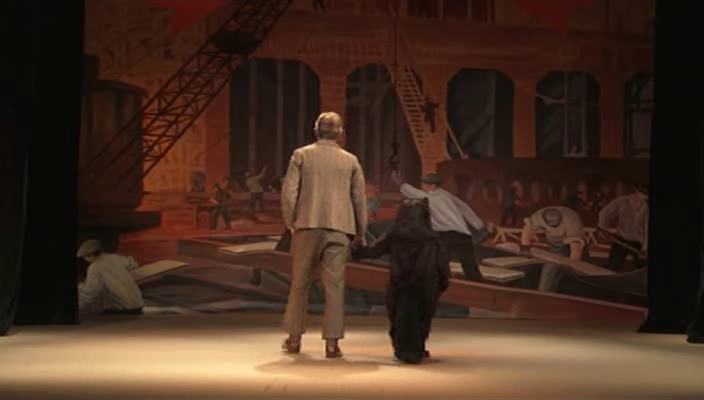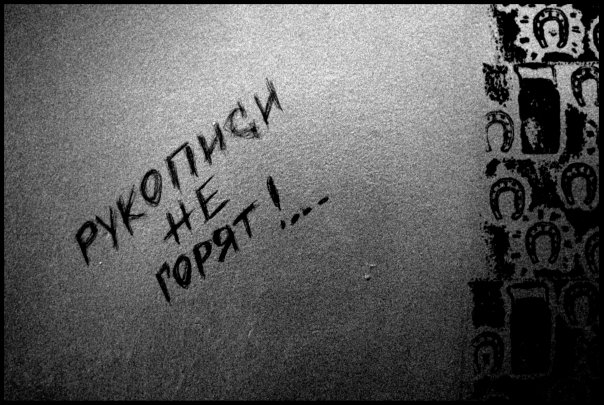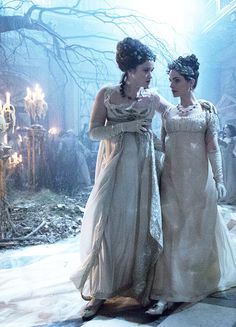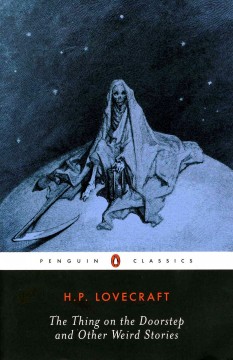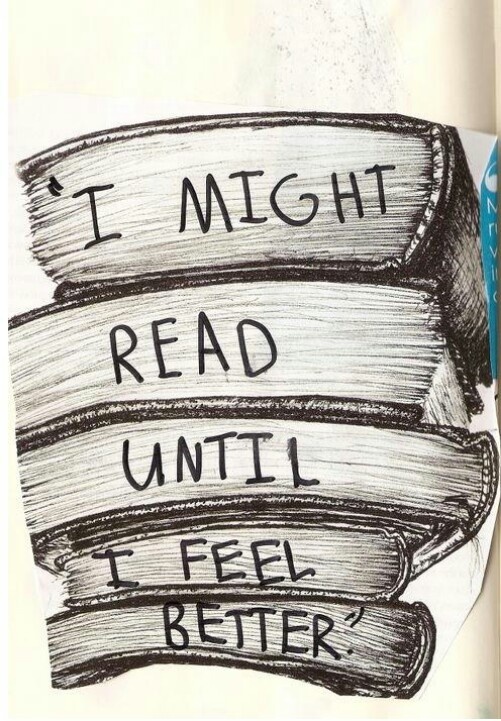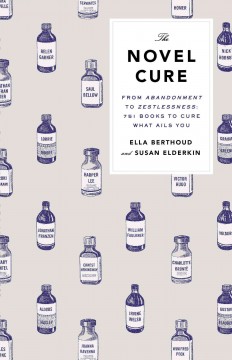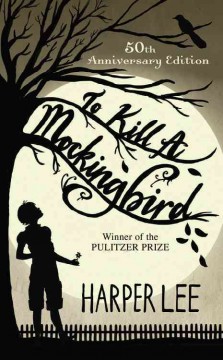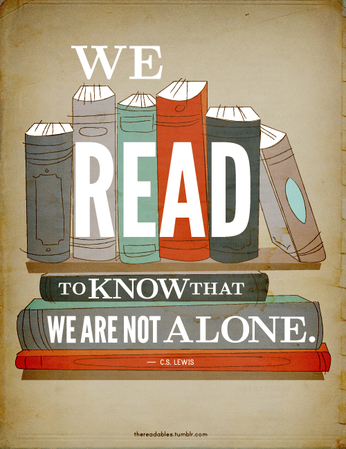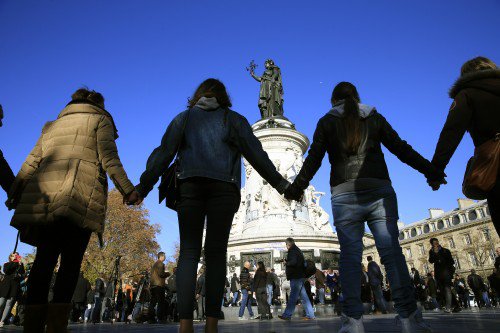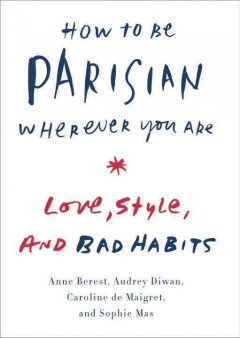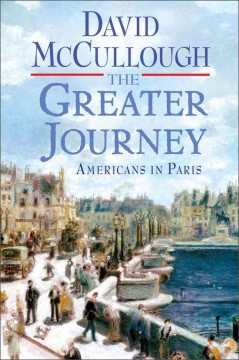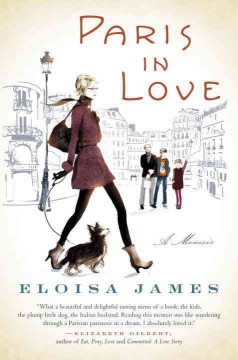There’s been lots of talk lately in the bookish sections of the internet discussing feminism in YA novels, and how fiction can teach young women (and older women, and men, and all the humans, really) how feminism can make the world a better place. We’ve even had a few chats about the subject here. And this is fantastic. But it’s also important to remember that feminism in YA literature isn’t a new thing…Louisa May Alcott was a feminist before it was cool. Which is a joke, obviously, because it’s always cool to be a feminist. And Louisa May Alcott is very, very cool. As was her father, Bronson Alcott, who was also born on this day.
Alcott was born on this day in 1832, the second of four daughters born to Abigail May Alcott, who was from a prominent Boston Brahman family, and Bronson Alcott, who is one of the most misunderstood and unfairly maligned idealists of the 19th century. Bronson was a dreamer, yes, but he was a man who practiced what he preached. Did that earn him a lot of money? No, it certainly did not. Did it earn him the respect of his family? Yes, it very much did.
 Bronson was a Transcendentalist, which, essentially, means the belief that there is a “divine spark” in everything in nature–that all living things carry a bit of their creator inside them. For that reason, Bronson was a very early vegan, consuming no animal products at all. He was also a staunch abolitionist, taking in at least one slave that we know about, and asking that slave (whose name was John) to talk to his daughters, so that they could learn first-hand about the issues going on in their world. He was also a pioneering educator, developing a curriculum that was geared toward making children want to learn and think for themselves. He was fired several times for his progressive teaching practices…which involved asking children what they thought about lessons, and engaging them in discussions on a regular basis.
Bronson was a Transcendentalist, which, essentially, means the belief that there is a “divine spark” in everything in nature–that all living things carry a bit of their creator inside them. For that reason, Bronson was a very early vegan, consuming no animal products at all. He was also a staunch abolitionist, taking in at least one slave that we know about, and asking that slave (whose name was John) to talk to his daughters, so that they could learn first-hand about the issues going on in their world. He was also a pioneering educator, developing a curriculum that was geared toward making children want to learn and think for themselves. He was fired several times for his progressive teaching practices…which involved asking children what they thought about lessons, and engaging them in discussions on a regular basis.
While Bronson may have not made a steady paycheck doing what he did, he married a strong woman who was more than willing to help out by getting a job of her own at a halfway house for abused women in Boston. Together, they raised four strong, independent daughters who weren’t afraid to be precisely who they were. Louisa’s own life story shows the success of their parenting and the lifelong support they provided.
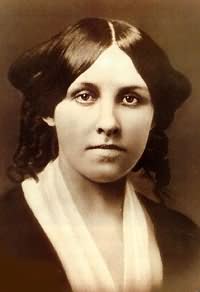 Louisa’s first book, published when she was sixteen, was a collection of fairy tales, called Flower Fables, and though she was exceptionally proud of her work, the hard truth was that she needed to make money to help out her family. Then (as now), scandal sold much more than fairy tales. So Louisa wrote what she called “pot boilers”–short stories full of murder, disguises, illicit passion, drug use, and general mayhem–mostly under various pen names. When the Civil War broke out, Louisa volunteered as a nurse, beginning in December of 1862. Though she only served for six weeks before contracting typhoid pneumonia, she saw, felt, and remembered enough to write the book that would begin to make her a household name: Hospital Sketches was the first work Louisa published under her own name that achieved commercial success, and she followed that success with Work, which discussed how industry was changing job opportunities for women.
Louisa’s first book, published when she was sixteen, was a collection of fairy tales, called Flower Fables, and though she was exceptionally proud of her work, the hard truth was that she needed to make money to help out her family. Then (as now), scandal sold much more than fairy tales. So Louisa wrote what she called “pot boilers”–short stories full of murder, disguises, illicit passion, drug use, and general mayhem–mostly under various pen names. When the Civil War broke out, Louisa volunteered as a nurse, beginning in December of 1862. Though she only served for six weeks before contracting typhoid pneumonia, she saw, felt, and remembered enough to write the book that would begin to make her a household name: Hospital Sketches was the first work Louisa published under her own name that achieved commercial success, and she followed that success with Work, which discussed how industry was changing job opportunities for women.
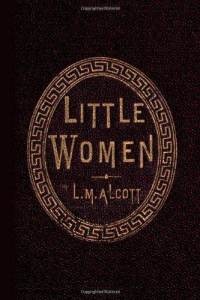 And, of course, there is Little Women, the book that finally gave the Alcott family financial independence, and earned Louisa fans than span some six generations. Her heroines, Meg, Jo, Beth, and Amy, were, as you might know, based on Alcott and her sisters. But one of the things that isn’t too often discussed is how much her father’s teachings run through each page of the book. None of the Alcott sisters are perfect, but rather than hide their shortcomings, or bad habits, they talk about them openly with each other, and find strength in the support of their family. None of the women feel that they must marry in order to be successful–they marry for love, even if that means financial hardship, or, in Jo’s case marrying a man who is significantly older (and completely awesome). And, most of all, each woman in the book works to live life on their own terms, whether that is as a mother, a writer, a caretaker, or an artist.
And, of course, there is Little Women, the book that finally gave the Alcott family financial independence, and earned Louisa fans than span some six generations. Her heroines, Meg, Jo, Beth, and Amy, were, as you might know, based on Alcott and her sisters. But one of the things that isn’t too often discussed is how much her father’s teachings run through each page of the book. None of the Alcott sisters are perfect, but rather than hide their shortcomings, or bad habits, they talk about them openly with each other, and find strength in the support of their family. None of the women feel that they must marry in order to be successful–they marry for love, even if that means financial hardship, or, in Jo’s case marrying a man who is significantly older (and completely awesome). And, most of all, each woman in the book works to live life on their own terms, whether that is as a mother, a writer, a caretaker, or an artist.
These were all lessons instilled in Louisa by her father. So today, take a minute to celebrate one of the most remarkable father-daughter duos in American history…better yet, come in and check out some of their work!
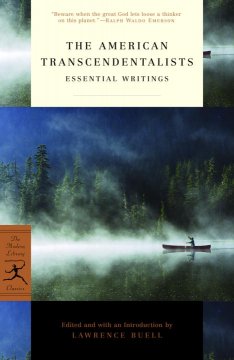 The American Transcendentalists: For those looking to get to know the Transcendentalists better, this is a terrific place to start. From Emerson to Thoreau, from Alcott to Fuller, there is a wealth of insight in these pages, ranging from issues of feminism to abolition to the beauty of nature. Particular for our cause today, there is also a section from Bronson Alcott’s “Controversial experiment in progressive education : part two”, which got him fired from his teaching job, but is still used by teachers today as a model for engaging kids in the classroom.
The American Transcendentalists: For those looking to get to know the Transcendentalists better, this is a terrific place to start. From Emerson to Thoreau, from Alcott to Fuller, there is a wealth of insight in these pages, ranging from issues of feminism to abolition to the beauty of nature. Particular for our cause today, there is also a section from Bronson Alcott’s “Controversial experiment in progressive education : part two”, which got him fired from his teaching job, but is still used by teachers today as a model for engaging kids in the classroom.
 Alternative Alcott: For those who have only read Little Women, this volume is a great introduction to all the other wonderful things that she wrote over the course of her very full life. Hospital Sketches and Work are both here, as well as Transcendental Wild Oats, a story of her family’s experiences living on an experimental farm called Fruitlands in the 1840’s, and a few of her Gothic romances, just to keep things interesting! More than anything, this volume highlights Louisa’s immense range and insight, and the introduction frames these works beautifully.
Alternative Alcott: For those who have only read Little Women, this volume is a great introduction to all the other wonderful things that she wrote over the course of her very full life. Hospital Sketches and Work are both here, as well as Transcendental Wild Oats, a story of her family’s experiences living on an experimental farm called Fruitlands in the 1840’s, and a few of her Gothic romances, just to keep things interesting! More than anything, this volume highlights Louisa’s immense range and insight, and the introduction frames these works beautifully.
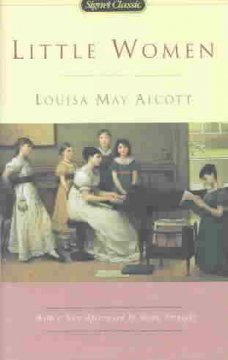 Little Women: Seriously, I can’t recommend this book highly enough. I’ve seen grandmothers and mothers and dads, too, share this book with their daughters, friends chat about it…it was even featured in an episode of Friends, in which we learn about “freezer books”-but that is a topic for another blog post. Suffice it to say, this book has more than earned its reputation as an American classic, and should continue to be read. Also, it features Theodore Lawrence, who was my first love.
Little Women: Seriously, I can’t recommend this book highly enough. I’ve seen grandmothers and mothers and dads, too, share this book with their daughters, friends chat about it…it was even featured in an episode of Friends, in which we learn about “freezer books”-but that is a topic for another blog post. Suffice it to say, this book has more than earned its reputation as an American classic, and should continue to be read. Also, it features Theodore Lawrence, who was my first love.
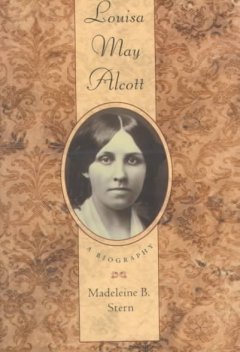 Louisa May Alcott: A Biography: There are a lot of lousy biographies of Louisa and her family out there. This is not one of them. Read this one.
Louisa May Alcott: A Biography: There are a lot of lousy biographies of Louisa and her family out there. This is not one of them. Read this one.

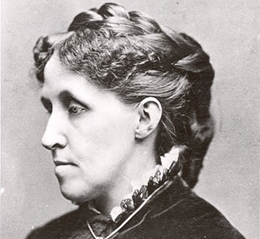







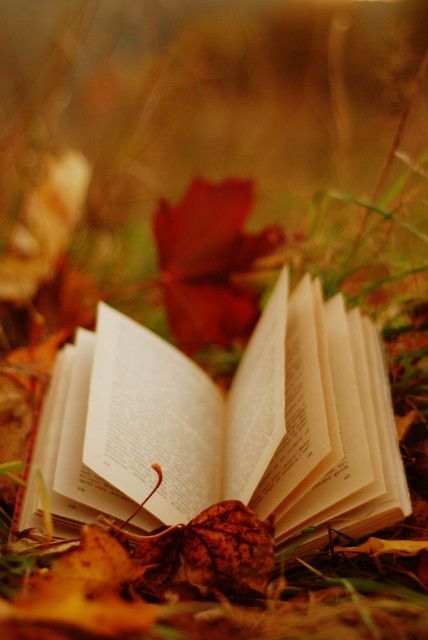
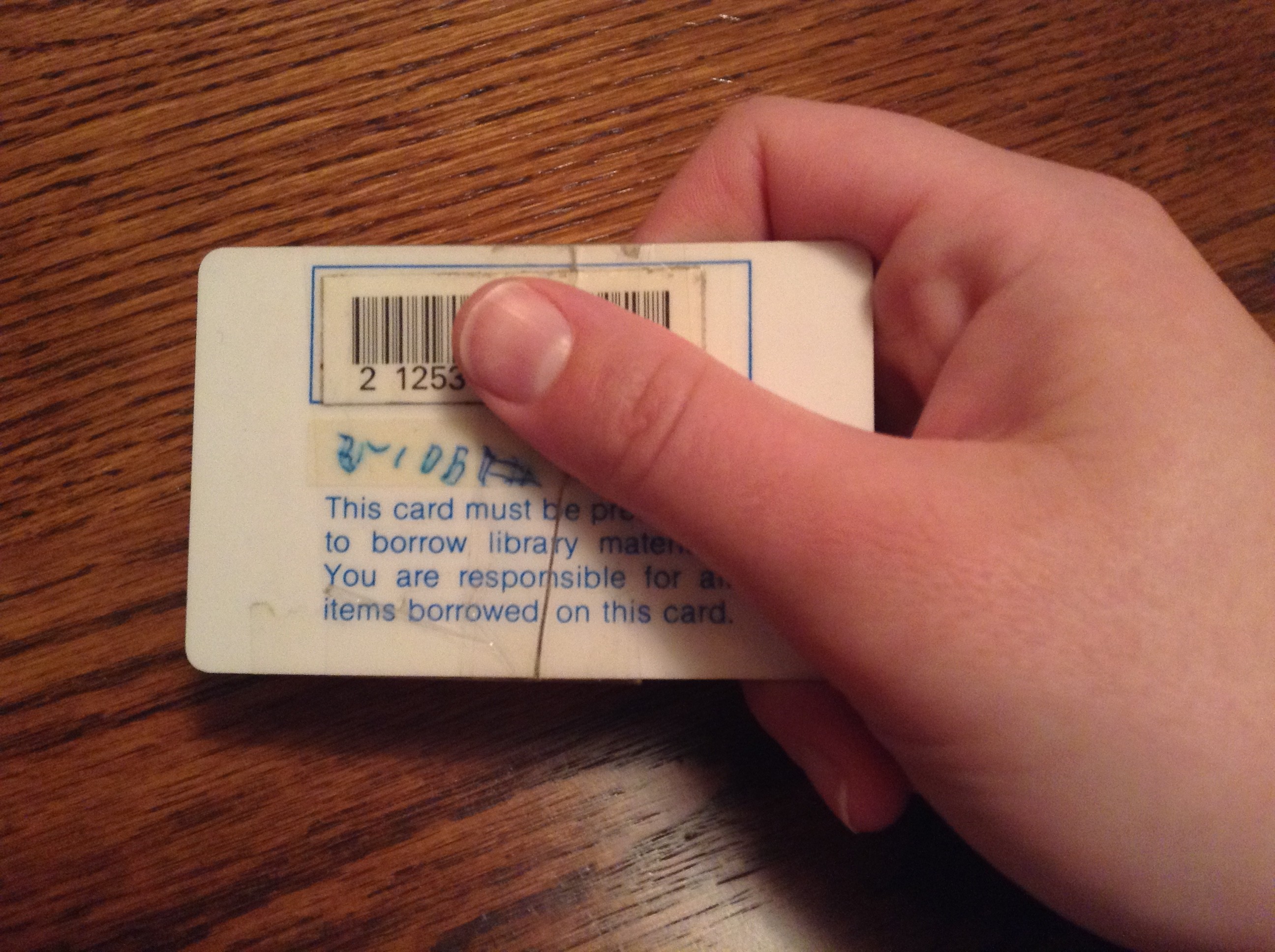

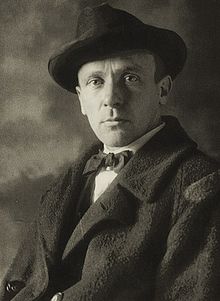
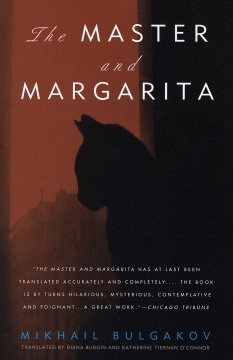
![[One of the sketches for an unrealised animated feature based on Bulgakov’s novel by Sergei Alimov]](http://www.peabodylibrary.org/freeforall/wp-content/uploads/2015/11/07.jpg)
